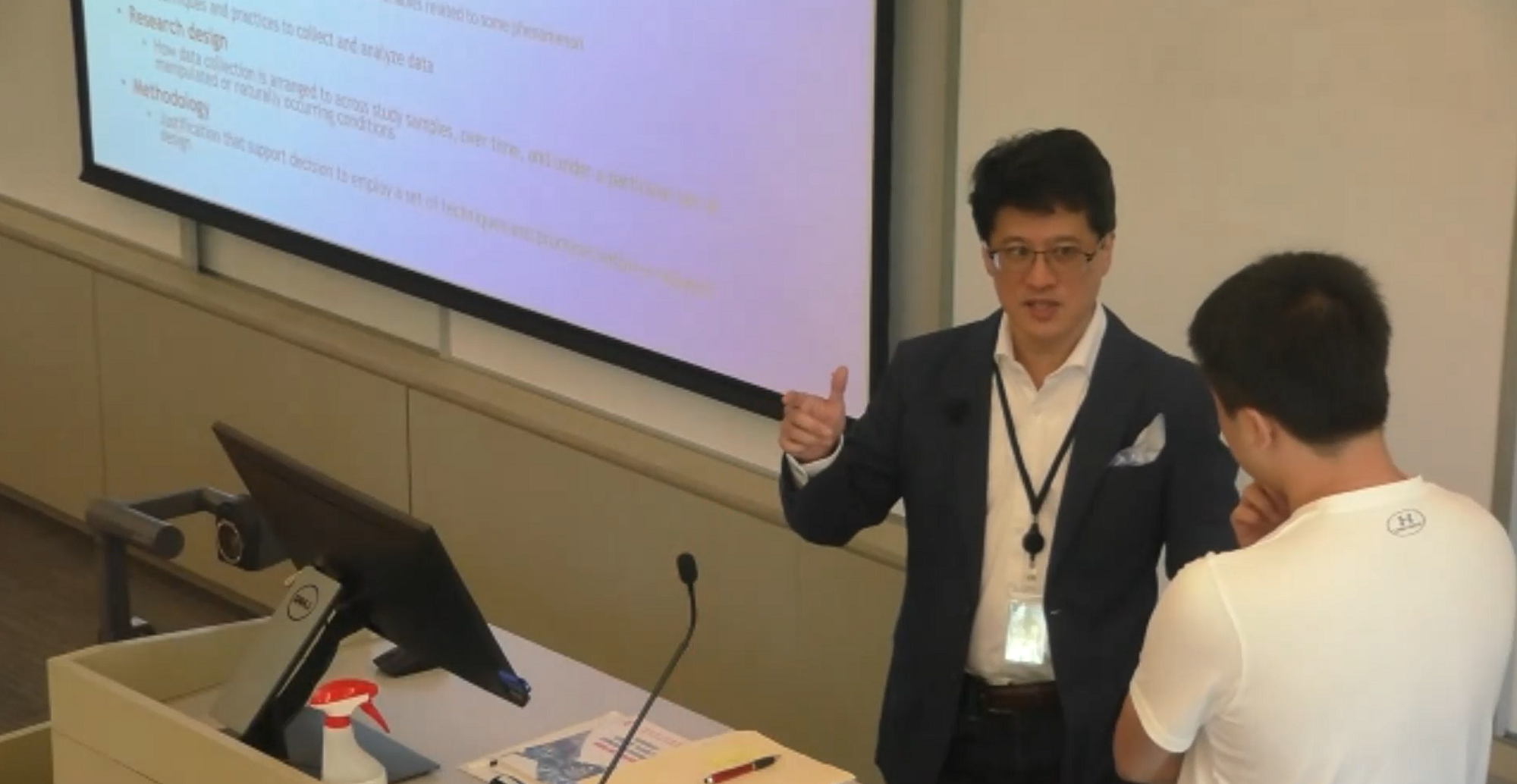As young children, we are often educated about the difference between wants and needs. Needs are basic things like food, clothing, and shelter that are required. Wants, on the other hand, are things that people desire but are optional, like toys, jewelry, etc. It is not uncommon for parents to diminish the importance of wants as compared to needs.
As some people grow up, they may become engineers and scientists. The training is very problem-solving oriented. Given a problem, how do we solve it? If there is a need, how do we fulfill it? I don’t recall much engineering training on understanding wants.
As one’s career changes, there can be troubles with carrying such lessons over to environments involving entrepreneurship, consulting, and other environments where purchases are emotional. In many of these environments as a supplier, one can easily get caught in a rational trap of trying to selling to needs as opposed to wants. That is, it is easy to say if I meet all of the customer prospect’s requirements and needs in a proposal, then surely the customer will buy from me. The problem is that one’s solution may be totally logical, but it may miss a critical aspect of the customer prospect’s deep desires.
Some examples of selling to needs versus wants:
- structured process and framework for analyzing company acquisition versus recommendations and approval from top-tier consulting firm
- comprehensive integration software versus contractual guarantee that integration will work
- financial model that proves a business will work versus a complete business plan that has buy-in from the executive team, Board, and shareholders
- 8-hour day care versus day care a family trusts and feels safe with
- good husband versus sexy hunk
- extremely innovative software from a startup versus pretty innovative software from a startup where source code is secured in escrow if startup goes bankrupt
Some of the examples I offer above are clearly in grey areas, but my point is that one contantly needs to be aware of the purchaser and whether old brain (desire) or new brain (reason) is the more active one at work at any given time.
